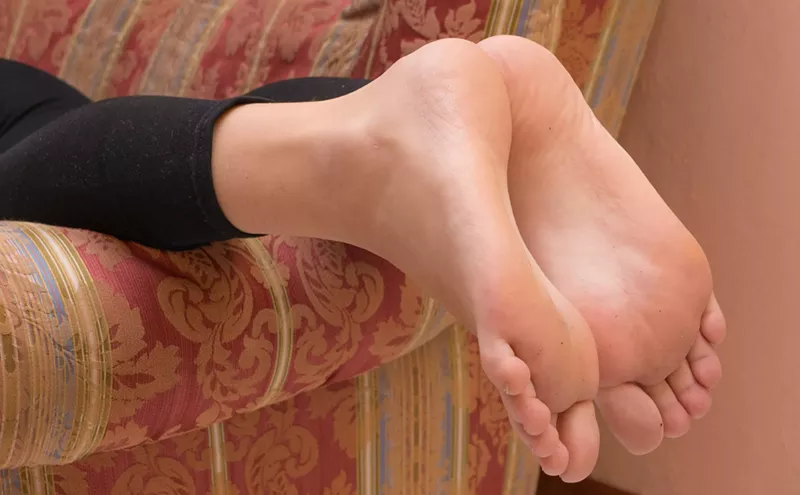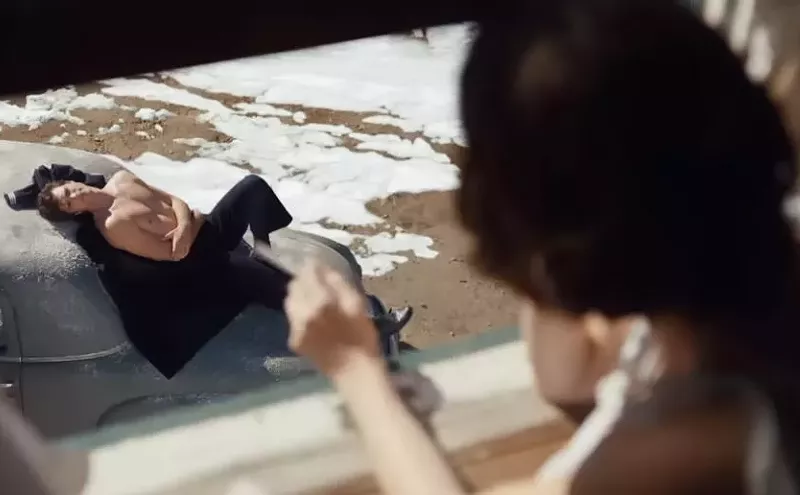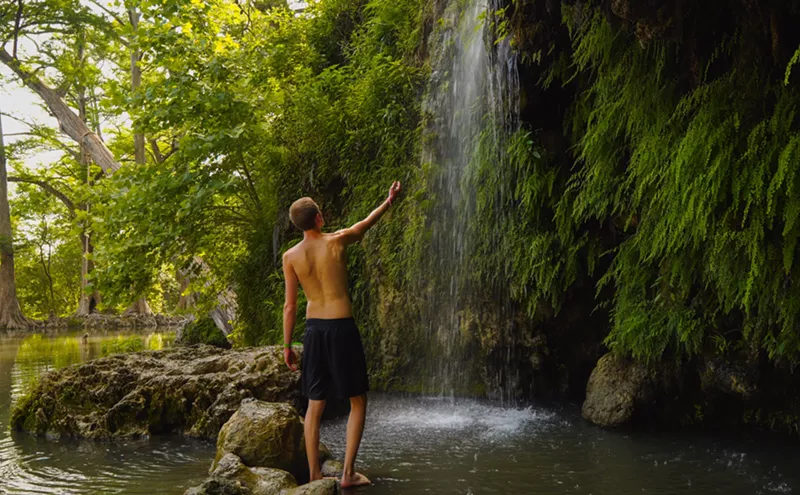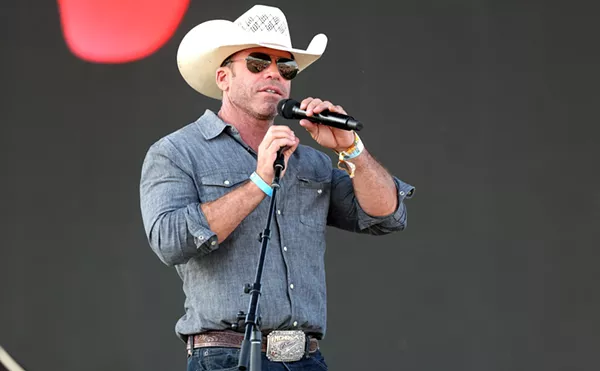Now, the Perot Museum of Nature and Science gives visitors another, less fictionalized chance to meet the big guy face-to-face with its new 10-month exhibition, T-rex: The Ultimate Predator.
Giant crates of dinosaur bones were shipped to Texas to set up T. rex, The Ultimate Predator at the Perot. The exhibition was built and created through the American Museum of Natural History, highlighting research found and compiled by the museum and its collaborators.
Between super-sized video projections, hands-on activities and interactive reality experiences, the exhibition reconstructs the dinosaur world to awe both kids and adults. Dr. Ron Tykoski is the vice president of science and curator of vertebrate paleontology at the Perot. He remembers first learning about dinosaurs as a kid himself.
“You know how every little 5-year-old [is] like, ‘Oh, dinosaurs are cool,’” he says. “Most people grow out of it. A few of us don’t.”
He knew he wanted to study paleontology by the time he reached high school, continuing his studies at the University of Michigan and later the University of Texas. Now, he works to share that same passion with visitors of the Perot Museum.
Tykoski traces the popular perception of the Tyrannosaurus rex all the way back to a 1915 exhibition that had the predator standing in a kangaroo-like pose with its head tilted up, back angled downward and tail dragging on the ground. That exhibition, he says, cemented the idea of the Tyrannosaurus rex in our popular imagination for the next century.
“The first mounted skeleton of a Tyrannosaurus rex was put on exhibit in the American Museum of Natural History,” Tykoski says. “... And so being smack dab in the middle of New York City, that mounted skeleton and its pose became the mental image for 100 years of people’s thoughts of the Tyrannosaurus rex as this big tall thing with a big head and small teeth and little bitty arms.”
Though the movie villain version of the Tyrannosaurus rex is admittedly extremely exciting in all of its cinematic glory, this exhibition wants to take viewers beyond that idea.
Tykoski says the organizers are looking to, “take [the Tyrannosaurus rex] out of the realm of science fiction movie monster to, 'Wow, this is just a really amazingly adapted ancient apex predator.'”
“These were animals," he continues. "They lived, they breathed, they hatched.”
The exhibition follows the dinosaur’s evolutionary history, which spans five continents between 167 and 66 million years ago. (Some of this history took place in Texas. A Tyrannosaurus rex leg bone collected in Big Bend National Park has already been mounted in the Perot.)

Visitors getting handsy with the touchable Tyrannosaurus femur.
Courtesy of the American Museum of Natural History
“You walk in, the first thing you’re greeted by [is] a hatchling Tyrannosaur rex,” Tykoski says. “It just looks like a goofy-looking fuzzy turkey.”
From there, cast reconstructions invite visitors to the creature’s awkward teen years — isn’t it comforting to know that embarrassing teenage phases aren’t exclusive to humans in the modern era?
“They grew up really fast compared to you and me,” Tykoski says. “So, by the time you were about 4 years old, you are a teenager. But you're still not really able to tackle the big prey items. So you're a socially awkward teenage Tyrannosaurus rex by age 4. If you happen to survive to adulthood, where you can start reproducing by around age 20, you have succeeded.”
For Tykoski, the Tyrannosaurus rex proves that truth can be stranger than fiction.
“You look at these things and go, you gotta be kidding me,” he says.
For one, the adult Tyrannosaurus rex boasts unbelievable statistics: 6–9 tons in weight, 40 feet in length, a 5-foot-long skull and teeth the size and shape of bananas. Visitors can see a cast of the skull at the exhibition.
The species even has its own sort of coming-of-age story.
“Tyrannosaurus started out as the underdogs,” Tykoski says. “They were little runts. Tyrannosaurus were the minor players scurrying around, trying not to be eaten by other things. With time, tyrannosaurus got larger and became a more important part of their faunus. Tyrannosaurus were the dominant predators in North America, Asia and Europe.”
Using a virtual 3-D replica of a brain cast created using CT scan technology, visitors can explore the species’ sense of hearing, sight, and smell to ascertain how the predator lived. Visitors can also bushwhack with a Tyrannosaurus through a Cretaceous-period jungle on an interactive projection wall.
In the end, Tykoski just hopes the exhibition makes people more curious about the world around them.
“If [it] inspires anyone to come to the museums, and after they leave the museum they go, ‘I want to know more about stuff. I want to know more about biology. I want to know more about the brains of animals.’ Or [they] just want to know more about the world around them,” he says. “If that does that to any of our visitors who come to see our exhibit, triggers them to be more curious, to be more inspired to learn more about the natural world, then this exhibit was a success.”
T-rex: The Ultimate Predator will run through Sept. 22, 2024. More info can be found on the Perot Museum website.













